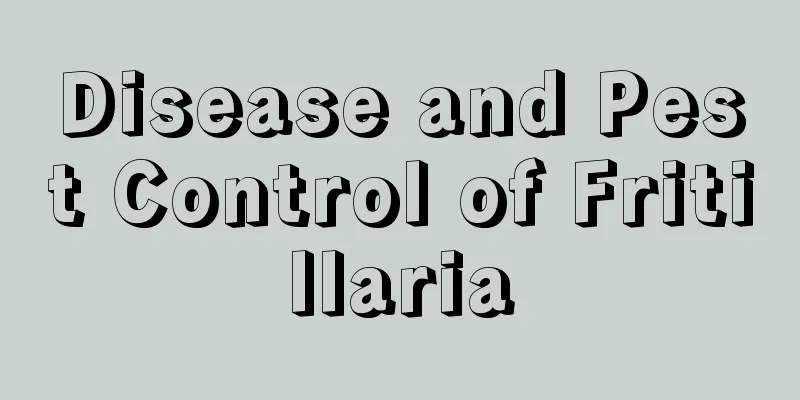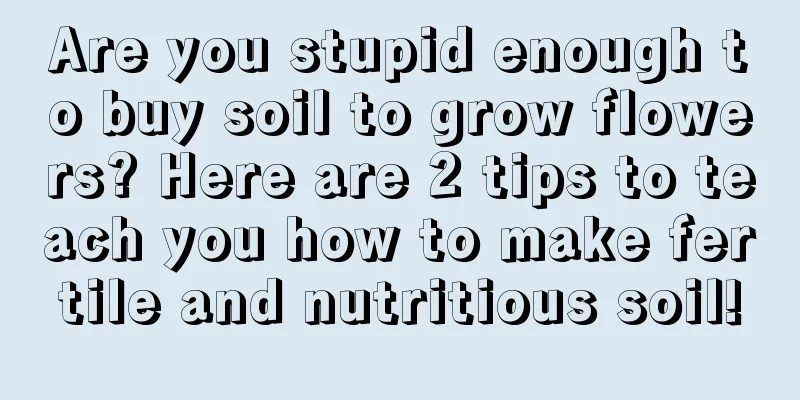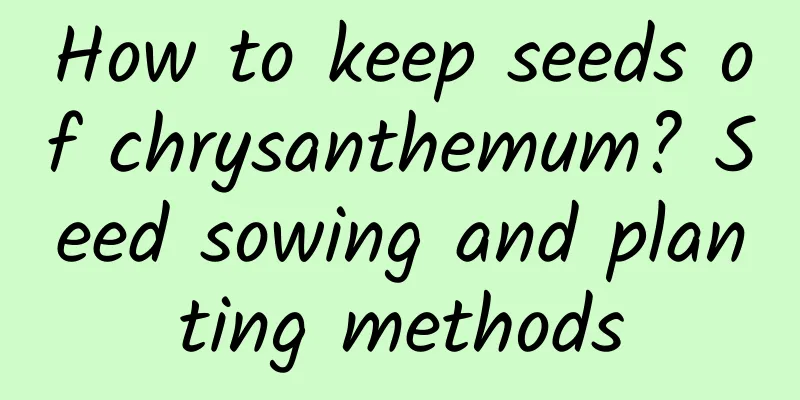Disease and Pest Control of Fritillaria

1. Sheath RustThis is a common pathogen that mainly appears on the upper and lower surfaces of plant leaves, and sometimes on the stems of plants, forming small raised blisters. Generally, its spores are yellow, orange, rusty or purple-black powder and appear inside small blisters. After the appearance of this pathogen, the entire plant will not die, but problems such as slow growth and weak plants will occur, so we still need to be vigilant. After encountering it, the diseased leaves should be cut off immediately and disinfected with a fungicide containing copper ions to prevent the spread. 2. ScabiesThis disease is also caused by fungi. Many orchids will be infected. In severe cases, it will damage the roots and stems of the plant and even kill the entire plant. This often happens in June and July. When it first appears, you will find white mycelium covering the base of the plant's leaves. At this time, you must clean up the soil and use professional pesticide powder or lime to treat it. In order to cure this type of disease, you need to pay attention to ventilation and light and keep the flower pots permeable. If the disease is severe, it may be necessary to burn the infected plants. 3. AnthraxThis is a disease that can occur throughout the year, and is more likely to occur in seasons with high temperatures and high rainfall. Initially, brown areas are found on the tips of the plant's leaves. Later, these areas gradually spread toward the stem, and the entire area is covered with black spots, eventually causing the plant to die. In order to prevent and control this disease, the hygiene around the flowers should be ensured as soon as possible. During the disease period, use 800-1500 times diluted 50% methyl thiophanate to treat it every week or so. You can also use 1% Bordeaux liquid several times every fifteen days. By doing this, you can protect your loved ones and ensure they go through these seasons safely. 4. Scale InsectsThis type of insect is also very common and is extremely likely to appear in large numbers in seasons with high temperatures, excessive humidity, and poor air circulation. The incubation period is the easiest time to prevent and control, so we should seize the opportunity and deal with it in a concentrated manner. You can use agents such as omethoate or malathion to treat plants in your home. It can also play the same role. In less common cases, it can also be removed manually. |
<<: Hops Disease and Pest Control
>>: Disease and Pest Control of Polygonatum yunnanensis
Recommend
"Illustrated" Thousand Buddha Hand Cuttings
Thousand Buddha Hand Cutting Preparation Tools 1....
How to plant Impatiens
1. Prepare the soil Before planting, you need to ...
How to plant mountain roses in spring
1. Disinfection Matrix Before planting, the subst...
Best time to prune apple trees
1. Pruning time Apple trees grow relatively slowl...
Can red gentian bloom in winter?
The flowering period of this flower Their flowers...
The difference between cigar flowers and baby's breath
1. Differences in plants Cigar flower is also kno...
The efficacy and function of Radish
The role of radish: 1. The whole plant can be use...
What flowers are suitable for growing in Huaihua? What are the city flowers and trees?
1. Climate characteristics of Huaihua Huaihua is ...
How to raise the succulent plant Sharoji to achieve good condition? How to raise the succulent plant Sharoji
The succulent plant is a small variety with a ros...
The difference between Jade Sedum and Thousand Buddha Hands
1. Difference between rhizomes Emerald Sedum is a...
How long does it take for goldfish spider plant cuttings to take root? Which month has the highest survival rate?
Rooting time of goldfish spider plant cuttings Sp...
The role and value of petunia
Decorate your home Petunia has the characteristic...
Is the yield of konjac high? What is the yield per mu?
Is konjac high in yield? The yield of konjac is v...
The leaves of Chlorophytum comosum are getting thinner and thinner, what's going on?
The leaves of the green radish grow weaker Main r...
What vegetables are suitable for planting in the north in July?
In July, the weather in the north is hot and rain...









